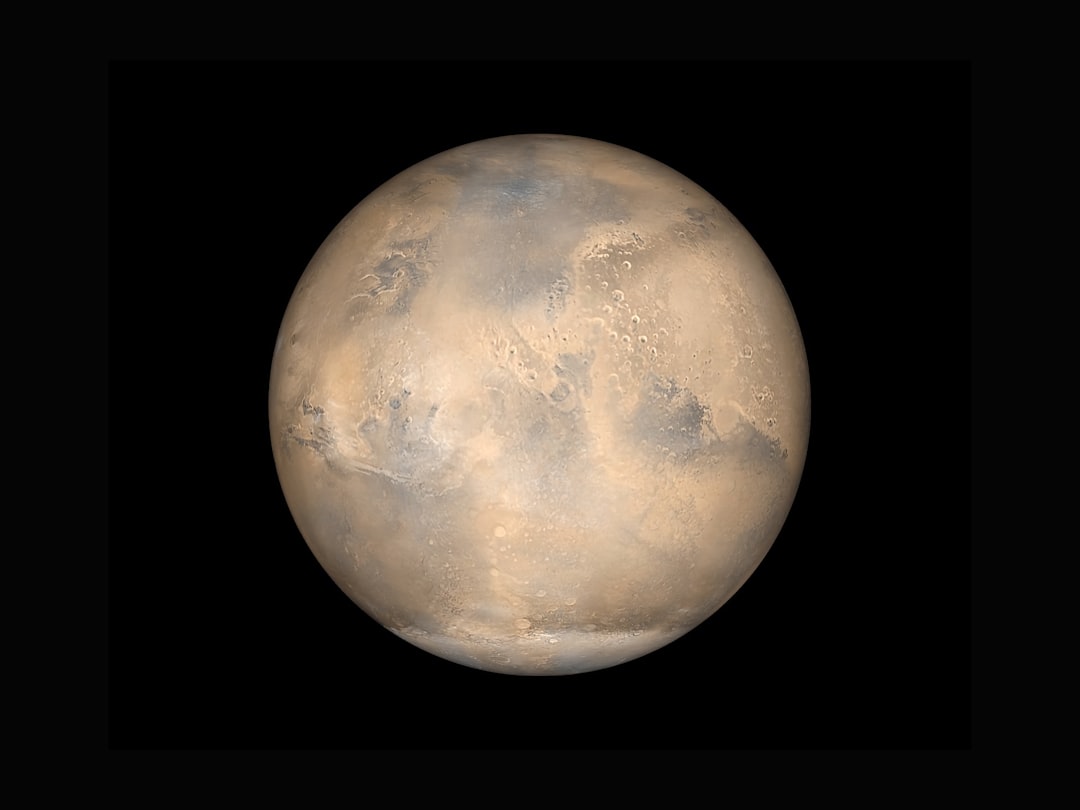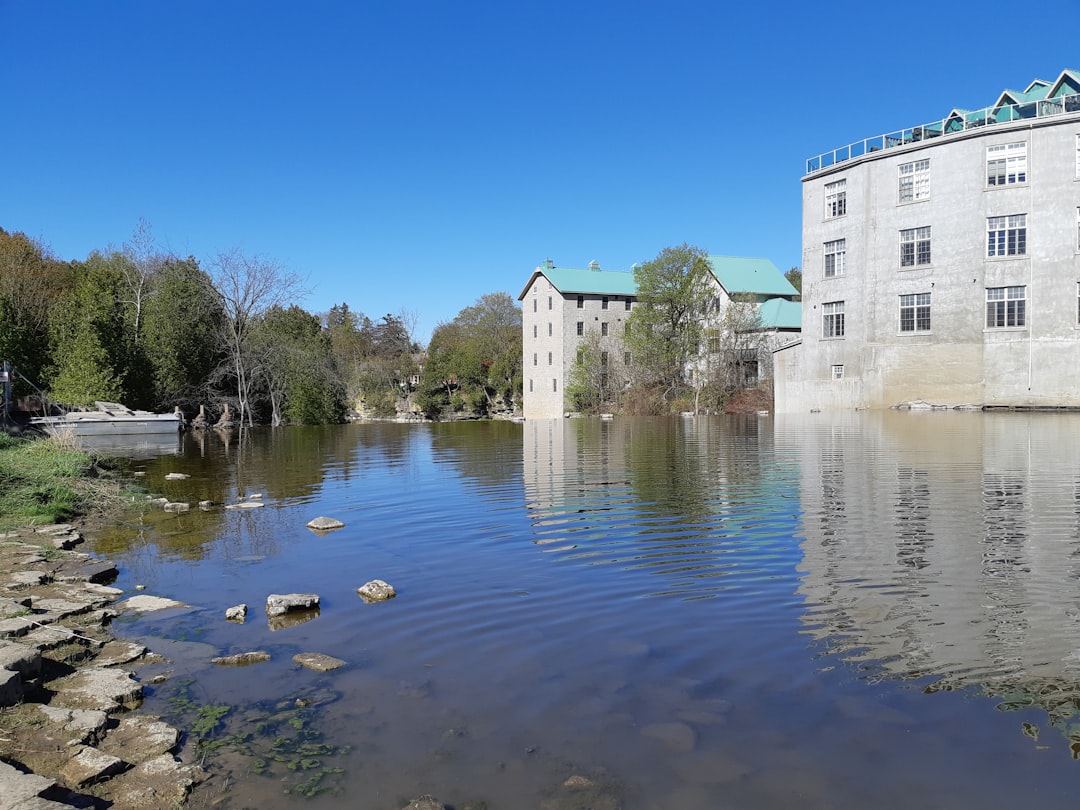What is it about?
Particles in the seabed when agitated by an oscillating current will tend to move downslope under the effect of gravity. This article explores how this effect, combined with known current speeds, may help to create the rounded shape of the uppermost slope or outermost shelf, where it comprises sand.
Featured Image

Photo by Matt Artz on Unsplash
Why is it important?
Explores the gravity effect on fluxes of saltating particles agitated by oscillating currents. From current meter data and speculations on currents during times of lowered sea level in glacial maxima, we showed that the convexity of the uppermost slope may be linked to the rate of change of current speed with depth, thus linking morphology to properties of the currents if this mechanism has dominated.
Read the Original
This page is a summary of: Oceanographic Currents and the Convexity of the Uppermost Continental Slope, Journal of Sedimentary Research, January 2008, Society for Sedimentary Geology,
DOI: 10.2110/jsr.2008.006.
You can read the full text:
Contributors
The following have contributed to this page










